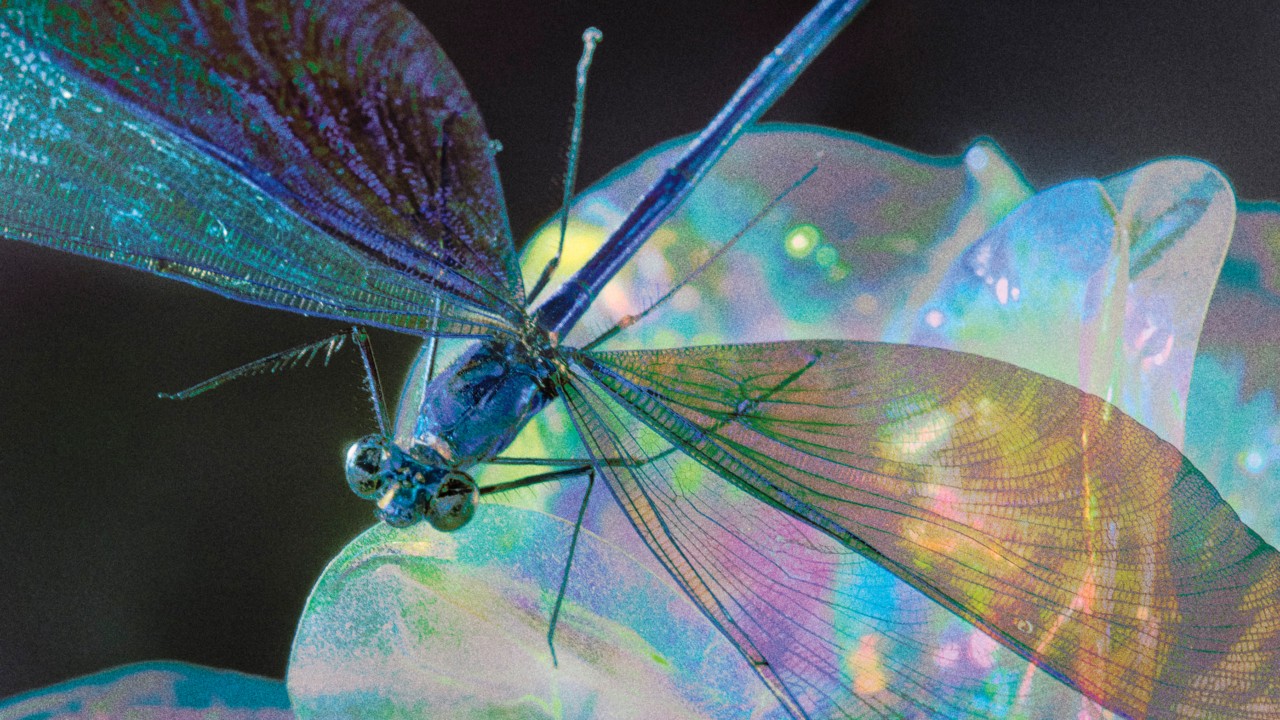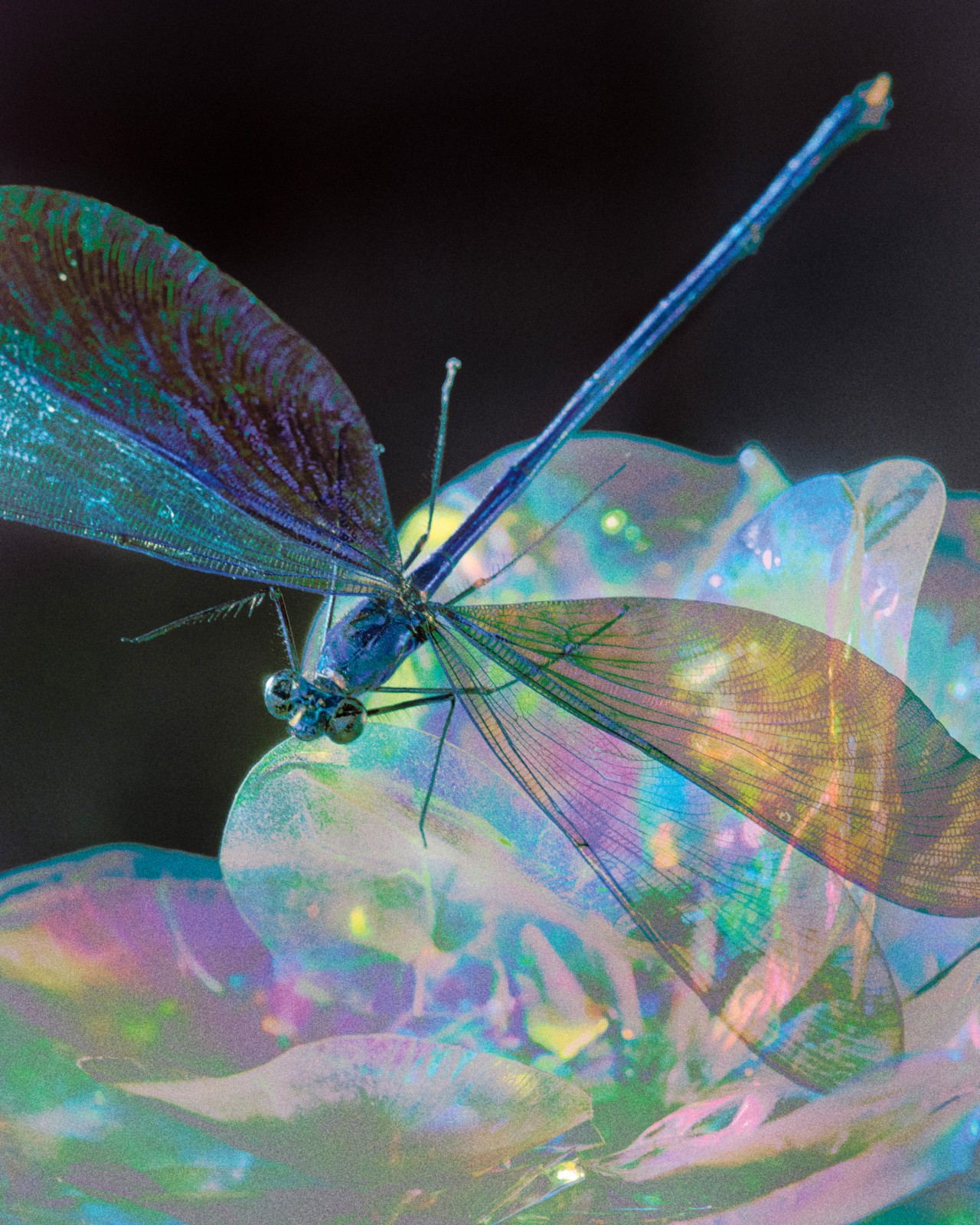

words by willow defebaugh
photograph by elizaveta porodina
“Life creates conditions conducive to life.”
—Janine Benyus
When Janine Benyus spoke those words to me during our interview for The Nature Of podcast, I felt my brain chemistry alter. She described how, over the course of 3.8 billion years, life shapeshifted the Earth from an inhospitable planet to one of abundance. Life did that through millions of organisms; every species that exists today is an example of life getting it right, and each can be our teacher. As Janine explained, that is our design challenge—to realign ourselves with life’s genius. And there’s a word for that practice: biomimicry.
Biomimicry is a framework Janine popularized with her 1997 book of the same name. As the cofounder of the Biomimicry Institute, she’s passionate about changing how we approach design and turning to our fellow planetary inhabitants for mentorship. Think: bullet trains that take cues from kingfishers, shark skin-inspired antimicrobial surfaces, and temperature regulation modeled after termite mounds. These are designs as functional as they are artful. “I think we honed our senses for beauty, for good design, by watching other organisms,” Janine told me.
And there are consistent patterns that emerge from observing other organisms—winning strategies for thriving that are nearly ever-present across the Tree of Life. The Biomimicry Institute outlined a number of them in what they call Life’s Principles. There are 27 in total, but I’ll give you a taste with their six overarching principles: 1. Evolve to survive, 2. Adapt to changing conditions, 3. Be locally attuned and responsive, 4. Use life-friendly chemistry, 5. Be resource-efficient, and 6. Integrate development with growth.
Imagine a world in which these principles governed human society. It’s a far cry from the one we live in. As a species, we have yet to successfully create the regenerative, sustainable conditions conducive to life in the long-term. But we could—and we are surrounded by mentors who can help us. “We are the younger sibling of a very ancient lineage of organisms that have been here for 3.8 billion years,” Janine said. “These organisms have learned to do everything we want to do, which is to live in right relation with this planet.”
So how do we practice biomimicry? When I asked Benyus this question—especially on behalf of those of us who aren’t designers—she replied that all humans are designers: Design is just thinking with intention. We design our lives by every choice that we make—from how we plan our days, to how we approach our relationships, to our interactions with our environments. The question we can all practice asking ourselves, she offered, is: “Is what I’m about to do conducive to life?”
Since our conversation in February, I’ve practiced asking myself that question at every turn. And while it’s essential to practice that in relation to life as a whole, I’ve found it equally beneficial to think about it in terms of our individual lives—because they are inextricably linked. For example: Is this choice, behavior, or habit helping me create the healthy conditions I need in order to thrive, so that I can show up and be of service to life in the broader sense?
I believe it’s possible for us to realign ourselves with life’s intelligence, and we can practice that at every scale. If you want to go deeper on biomimicry and learn more ways you can integrate it into your life, I highly recommend checking out my interview with Janine for the podcast (you can find it here). We can do what life did and make this planet a better place, more hospitable for our species and every other. Or as Janine put it, we can be part of the healing team.
Biomimicry: Learning From Life’s Genius